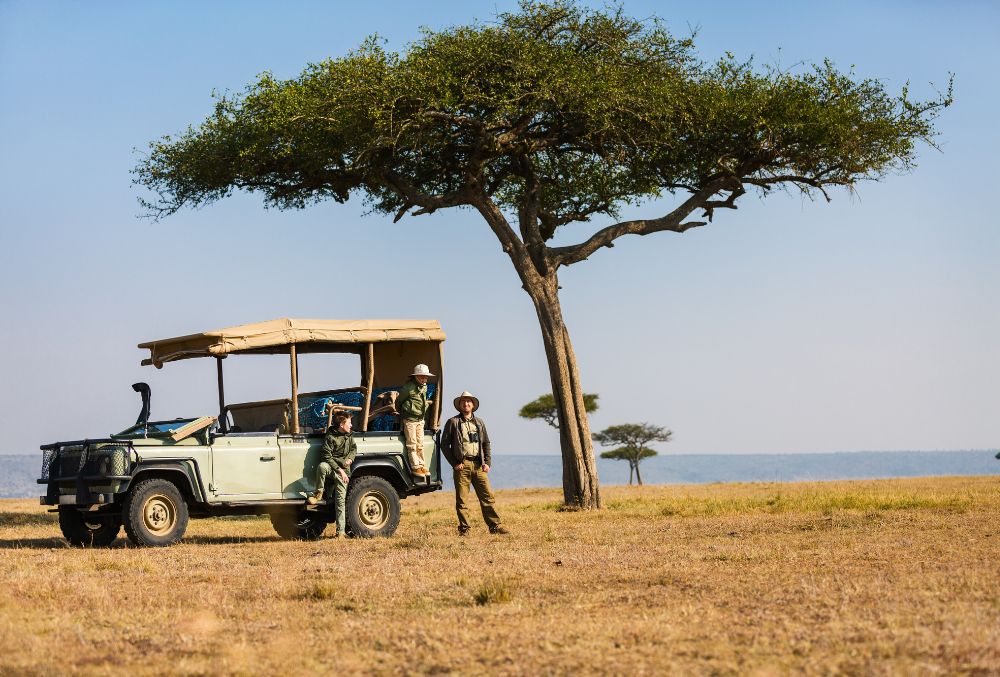Mozambique: Africa’s Quintessential Bush and Beach Destination
Mozambique, with its spectacular coastline stretching over 2,500 kilometers adorned with white sandy beaches beneath swaying coconut palms, offers a breathtaking expanse of turquoise ocean sprinkled with remote islands and untouched coral reefs. This nation is a melting pot of African, Arab, and Portuguese cultural influences, set against a backdrop of rugged, uncharted wilderness areas that deliver genuine safari experiences. Despite being one of Africa’s most stunning and intriguing countries, it remains among the least explored.
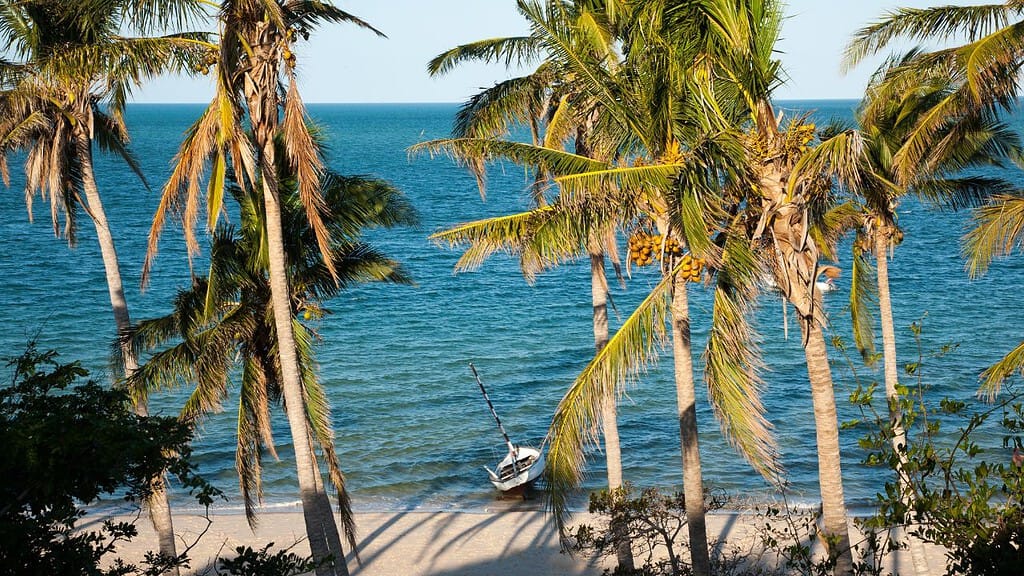
Once celebrated as Africa’s jewel for tourists, particularly in the 60s and early 70s when its exquisite beaches served as a haven for the elite—akin to an African St. Tropez—Mozambique’s tourism trajectory was halted by a prolonged civil war that concluded in 1992. The nation’s relentless spirit and resolve have reignited its ascent to prominence, with its untouched beaches and pristine reefs ranking among the world’s finest, offering a serene retreat post-safari.
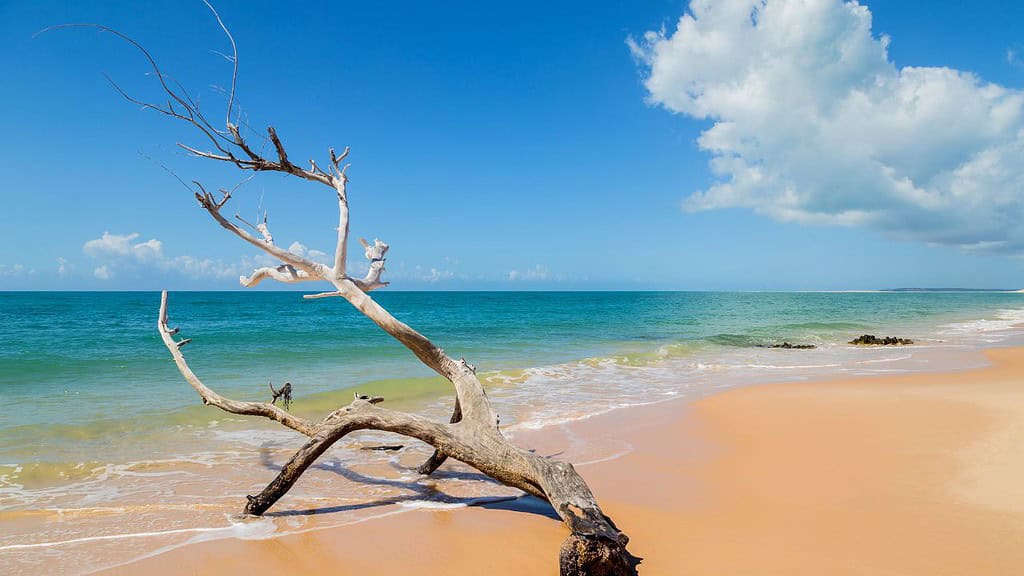
Discovering Mozambique: Entrances to a Paradise Regained
Mozambique’s enchanting seaside capital, characterized by its broad, European-style boulevards lined with magnificent jacaranda and flame trees, and distinct Mediterranean architectural flair, distinguishes itself from other African capitals. The city’s relaxed demeanor mirrors that of its inhabitants, casting an enthralling Afro-Brazilian ambiance complemented by a vibrant nightlife. Mozambique prides itself on a unique culinary heritage that can be best experienced in Maputo, where the fusion of African, Portuguese, Middle Eastern, Brazilian, and Asian flavors creates an exquisite gastronomic adventure. The Maputo Special Reserve, previously known as the Maputo Elephant Reserve, spans a pristine 1,040 square kilometers dedicated to preserving the ecological continuum between Maputo’s marine, coastal, and inland ecosystems.
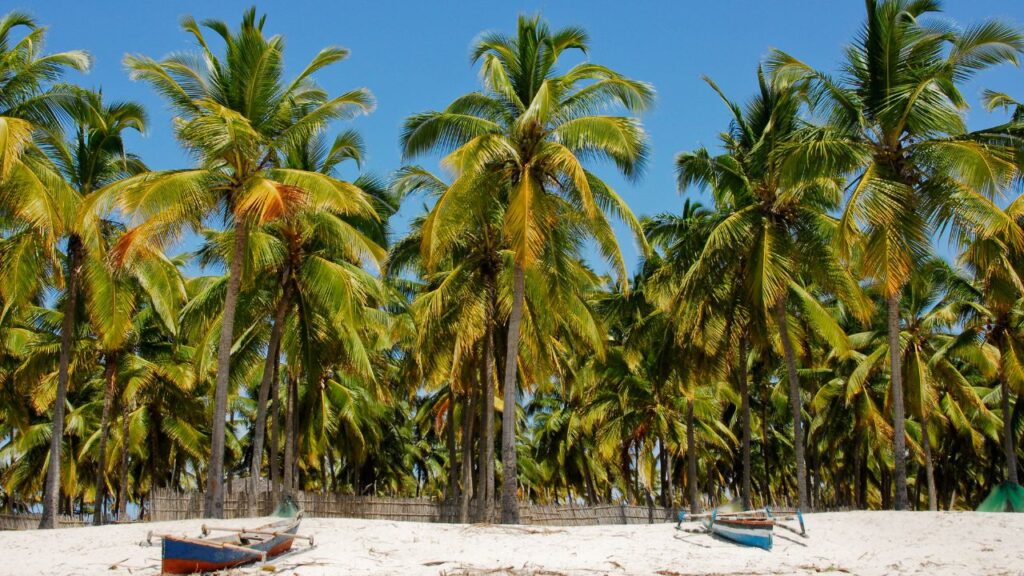
Premier Tropical Beaches and Islands of the Continent
Within a country celebrated for its breathtaking natural landscapes, the Bazaruto Archipelago distinguishes itself. This exquisite chain of five islands, reminiscent of a splendid string of pearls, lies off southern Mozambique’s coast, within the protected marine reserve of Bazaruto. Famous for its pristine white-sand beaches, where horses are often seen frolicking in the waves, and vibrant coral reefs teeming with tropical fish, the archipelago represents a haven of natural beauty. Traditional dhow sailboats, operated by local fishing communities, gracefully navigate these waters, adding to the area’s charm. The archipelago is also noted for hosting the country’s most opulent and secluded resorts, serving as a sanctuary for the dugong, marking the park as a crucial habitat for the western Indian Ocean’s last significant population.
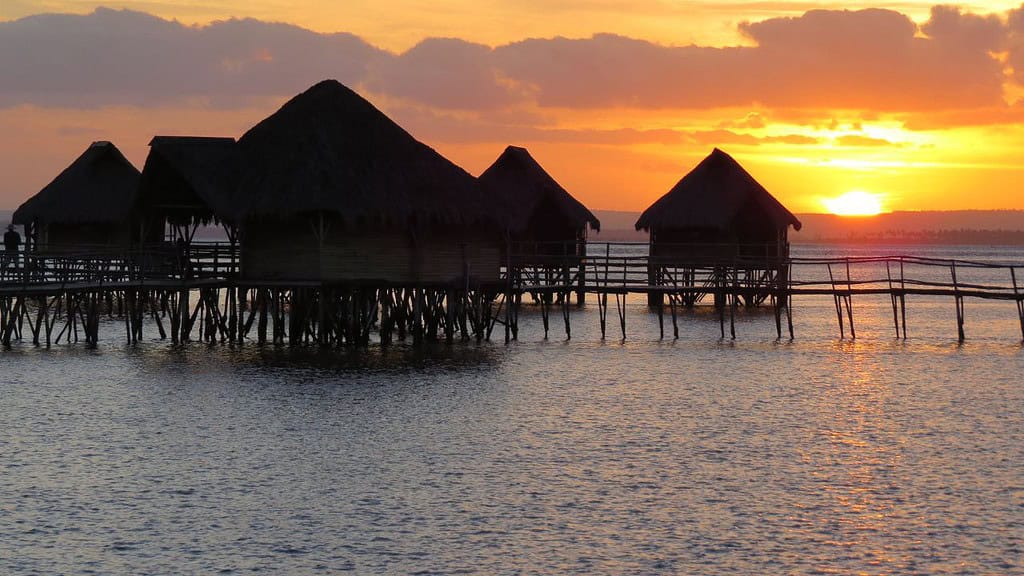
Positioned atop rolling hills in northeastern Mozambique, Pemba extends over a narrow peninsula into the vast and spectacular Pemba Bay, one of the largest natural harbors globally. Evolving from a quaint fishing village, this port city now serves as the capital of Cabo Delgado Province, enriched by a blend of African, Portuguese, and Arabic heritage. The city’s proximity to exquisite coral reefs and the popular Wimbi Beach, known for its white sands and palm trees, makes it a favorite among tourists and locals. Additionally, Pemba acts as the gateway to the Quirimbas National Park.
Further north, the mysterious Quirimbas Archipelago presents a captivating combination of historical, cultural, and natural wonders. Along the coastline, 32 paradisiacal islands play host to diverse marine life, including turtles, dugongs, whales, and dolphins, alongside vibrant coral reefs. These islands are not only natural treasures but also historical gems, showcasing a unique architectural blend reflecting Portuguese, Swahili, Indian, and African influences. Ibo Island, in particular, offers a glimpse into the mid-19th century, standing as one of Mozambique’s most historic and intriguing sites.
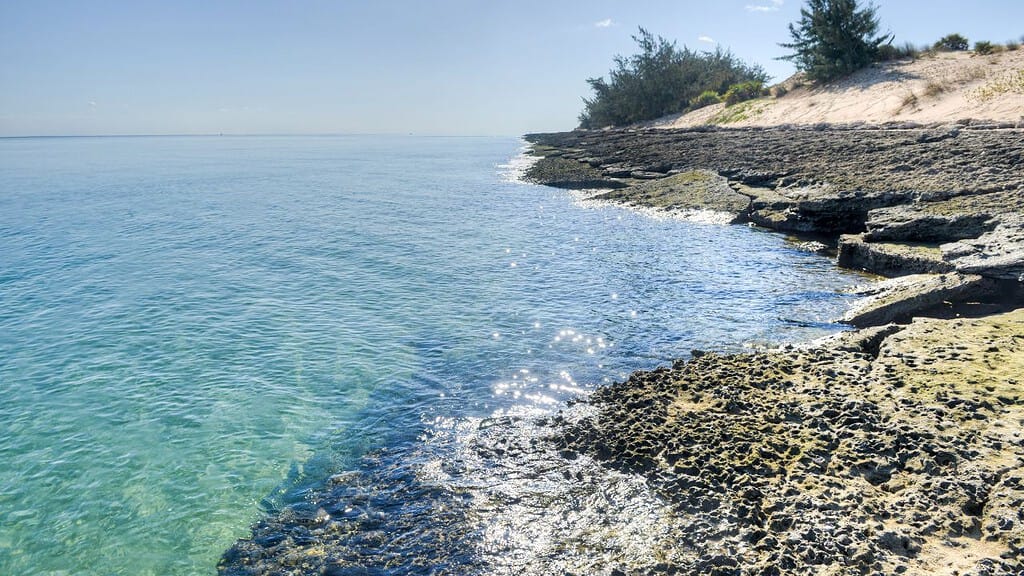
Ilha de Mozambique, a small crescent-shaped island measuring merely 3 kilometers in length and 500 meters in width, belies its significant historical impact as the former capital and central trading hub of Portuguese East Africa. Now a UNESCO World Heritage Site, this island once flourished as a pivotal port for Arabian and Portuguese merchants trading in gold, ivory, and, regrettably, slaves. Today, it provides an extraordinary window into 16th-century Africa, captivating visitors with its sense of being suspended in time and space.
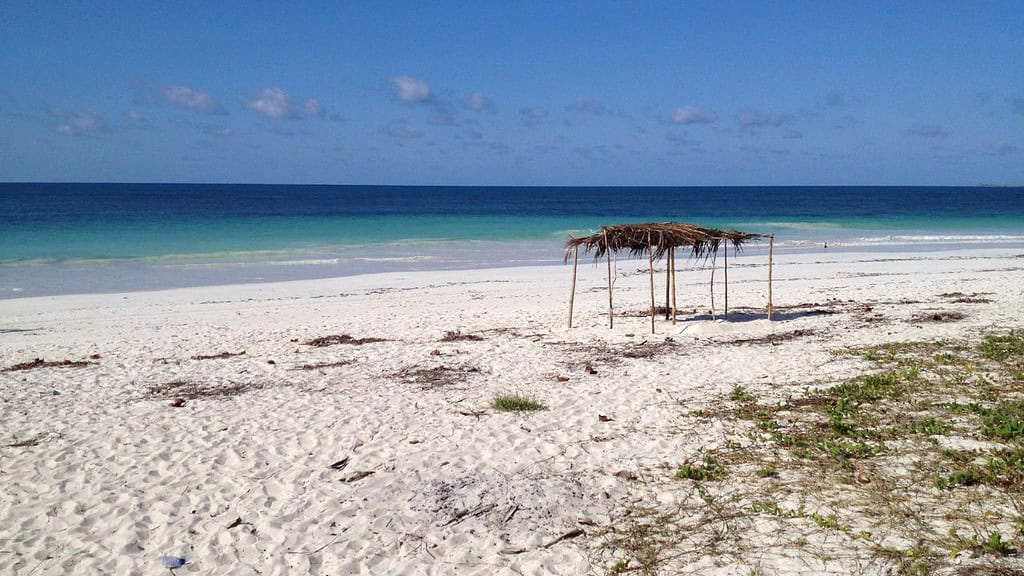
Mozambique’s Pivotal Wildlife Parks, Reserves, and Conservation Initiatives
While Mozambique is renowned for its stunning coastal offerings, it also stands as a prime destination for safari enthusiasts keen on witnessing firsthand the impactful integration of grassroots conservation with community initiatives. The country has forged partnerships with leading African organizations focused on park rehabilitation and conservation, aiming to restore its paramount national parks to their erstwhile magnificence.
Gorongosa National Park, once hailed as the “Serengeti of the South,” ranks among Africa’s most underexplored game reserves and is Mozambique’s crowning conservation achievement. The reserve’s revival from the ravages of nearly two decades of civil conflict showcases a triumph of resilience. Nestled in the southern reaches of the Great Rift Valley, Gorongosa spans 4,000 square kilometers, encompassing diverse landscapes from mountainous terrains and plateau forests to escarpment canyons and wetlands. Through concerted conservation efforts, wildlife populations, including elephants, lions, wild dogs, hippos, and a vast array of plains game, have witnessed a significant resurgence.
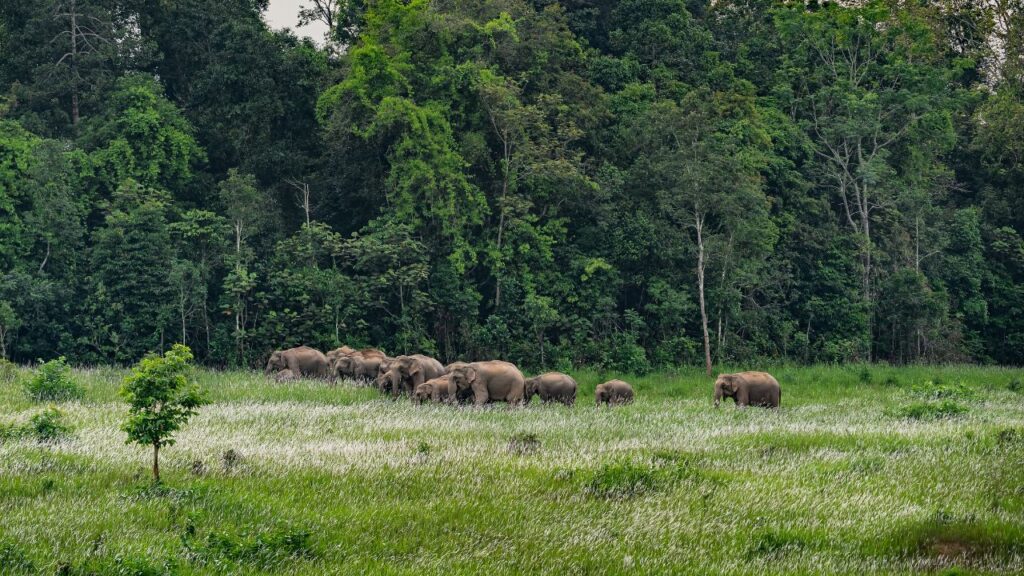
Adjacent to South Africa’s Kruger National Park and Zimbabwe’s Gonarezhou National Park, the Limpopo National Park emerges as another gem in Mozambique’s natural treasure trove. Like Gorongosa, Limpopo endured years of civil war-induced neglect but is now on a path to revival. The collaborative protection efforts by South Africa, Zimbabwe, and Mozambique aim to establish the Great Limpopo Transfrontier Park, facilitating the free movement of wildlife across the three nations and positioning Limpopo as an emerging wildlife sanctuary.
Situated in northern Mozambique, with the Ruvuma River delineating its northern border with Tanzania, the Niassa National Reserve is recognized as Mozambique’s most expansive and critical conservation area. At over 42,000 square kilometers, Niassa’s vastness surpasses that of Kruger National Park, playing a pivotal role in the conservation of key species such as lions, wild dogs, and elephants.
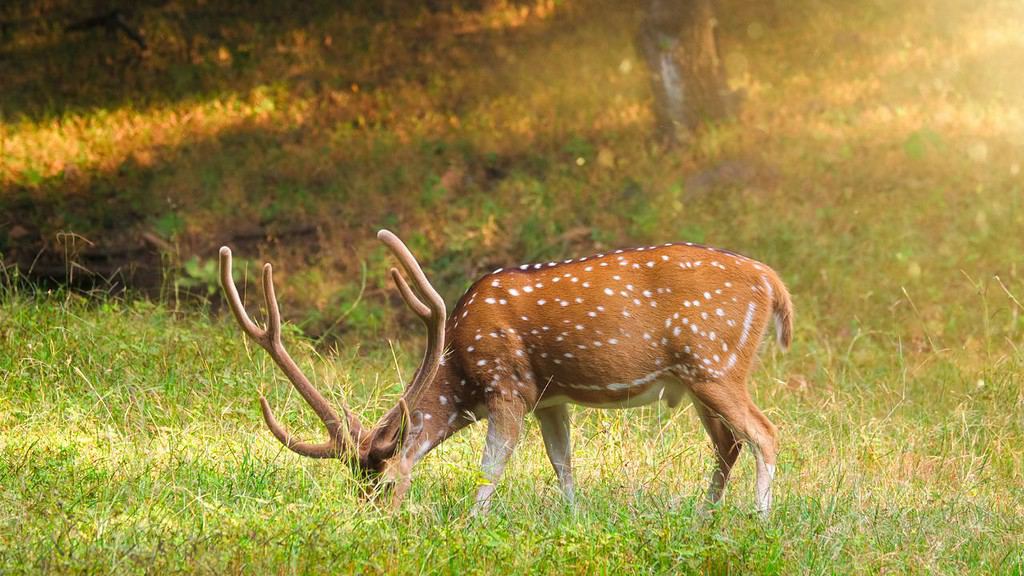
Mozambique is steadily reclaiming its position on the African safari map, offering a unique opportunity to explore this overlooked jewel before it gains widespread recognition. With rigorous conservation efforts in full swing, safaris in Mozambique promise an unadulterated, immersive experience. For those seeking an unparalleled combination of beach and bush adventure, Mozambique is unmatched.
SAMPLE ITINERARY
Mozambique
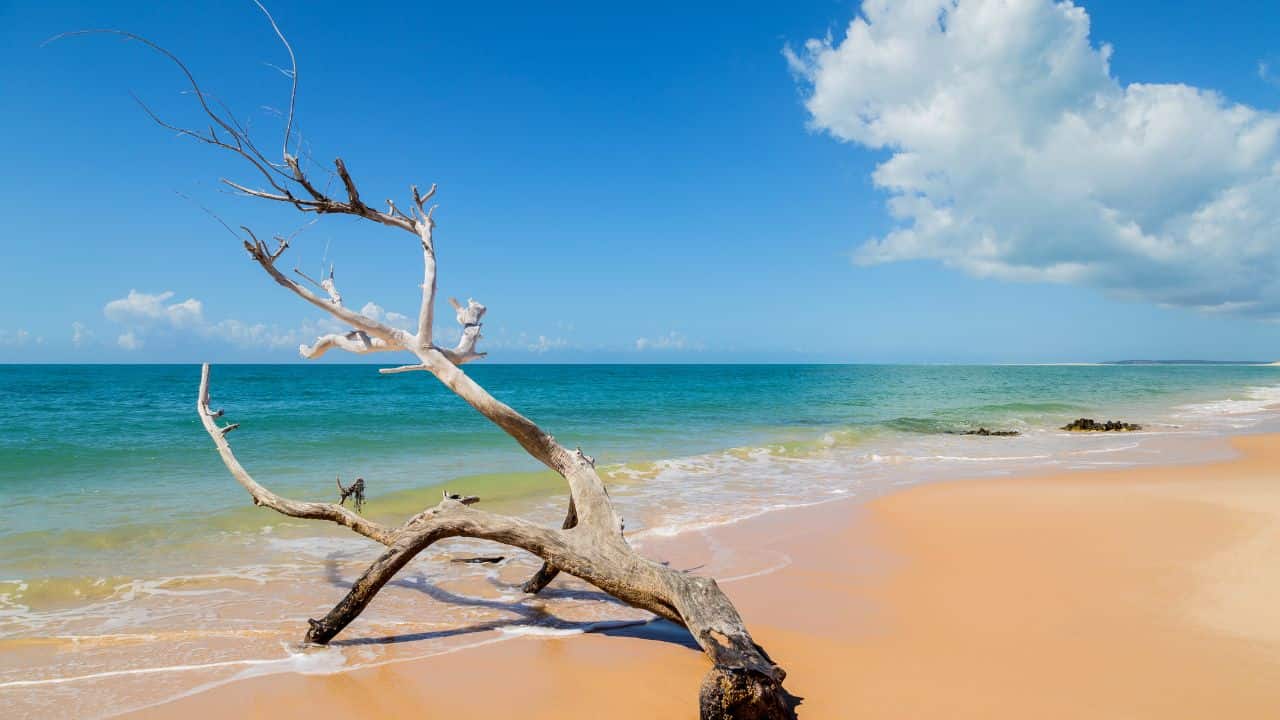
Private Island Life
From US$ 825 per person per night
A secluded tropical paradise lies in wait within the rarely explored Pemba archipelago, offering an unparalleled sense of remoteness and seclusion.
Unspoilt Beauty
From US$ 785 per person per night
The expansive Benguerra Island, nestled within the Bazaruto Archipelago, stands as a unique sanctuary enveloped by safeguarded marine territories
Ready for your trip?
Let us help you plan everything.
We believe in the uniqueness of every traveler’s journey. Our sample itineraries and cost estimates serve merely as inspiration. Dive deeper into personalized travel planning by connecting with our expert consultants, who are ready to craft your customized itinerary, tailored to your budget and passions.
